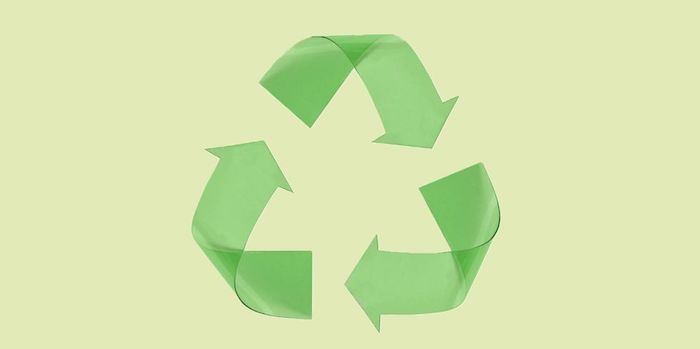Sustainable collections are bull. Here’s why
Organic cotton, piñatex, grape leather, recycled polyester… these are all the cool new materials fast fashion brands have to offer in their sustainable collections. From H&M to Zara, every brand now offers affordable clothing that is trendy AND eco-friendly. Isn’t it the dream? Everybody seems so excited about it. So why do I have to be the party pooper once again?
Sustainable collections are not what they seem to be
Here is a universal truth: when something sounds to good to be true, it usually is. Some people will say that fashion brands have to start somewhere and that these initiatives prove that brands are trying to change. Shouldn’t we appreciate the effort? In reality, sustainable collections are nothing more than a bandaid on a broken leg. The real problem in fast fashion is the business model itself and sustainable collections are just another marketing strategy (aka. greenwashing) to sell more clothes.
The problem is the business model itself
In order to make clothes as cheap as possible, fast fashion brands have to lower they cost per item. For that, like in most industries, they have to rely on mass production. As a result, the fashion industry produces around 100 billion new items of clothing every year. This of course, has a heavy environmental footprint and represents 10% of our global carbon emissions. Sustainable collections represent a very small fraction of the yearly clothing production : 10% for H&M, 14% for Zara… a phenomenal 0,035% for Asos.
Make more, sell more
A hundred billion garments every year huh? That’s 14 items per person a year and it’s a whole lot of clothes to sell. That’s where fast turnaround comes in handy. By making low quality garments we need to replace often and with the constant release of new collections, fast fashion brands create a false sense of need. As a result, we buy clothes that we don’t really need. In spite of this strategy, about 20% of the garments produced remain unsold and end up in landfill.

The clothes you donate for recycling don’t go into the sustainable collections
Landfill you said? But many brands have a recycling program now! You buy clothes, wear them, bring them back to the store and they recycle them into new clothes? It sounds really nice on paper, but in reality, recycling programs are not what they look like. Recycling textiles is difficult. Natural fibers like cotton and wool lose in quality and become more fragile when recycled. Besides, most of our clothes are made from blended materials anyway, which cannot be recycled. Turns out 35% of the donated clothes are recycled… and not into garments. They become insulation or rags. Only 1% turn into new clothes. When a labels states “made from recycled materials”, it usually means they used plastic bottles.
Transparency baby
This thing with textile recycling is just one of the many ways in which brands lack transparency. There is no realistic way for them to tackle their entire supply chain. They have grown into such large companies that the amount of work would be monumental. Fast fashion brands have countless suppliers and subcontractors, who themselves may have their own partners and have no obligation to disclose who they work with.

Sustainable collections don’t equal ethical
Just because it’s sustainable doesn’t mean it’s not made by children. Yeah you read that right. According to Unicef, 170 million children are engaged in child labour and many of them work within the fashion industry supply chain. And if it’s not children, it might be exploited garment workers submitted to terrible working conditions or even forced labour. Like I said before, even if a fast fashion brand decided not to work with sweatshops directly, chances are they would have little to no control over what their suppliers do.
A glimmer of hope
It’s not all bad news though. The Swedish giant H&M recently figured out a method to recycle blend textiles and decided to cut ties with a supplier after accusations of Uyghur forced labour. This may seem like a drop in the ocean, but it’s also a sign of change in the fast fashion industry. Maybe one day fashion will become truly circular. In the meantime, it’s our job to become conscious consumers and simply buy less.


